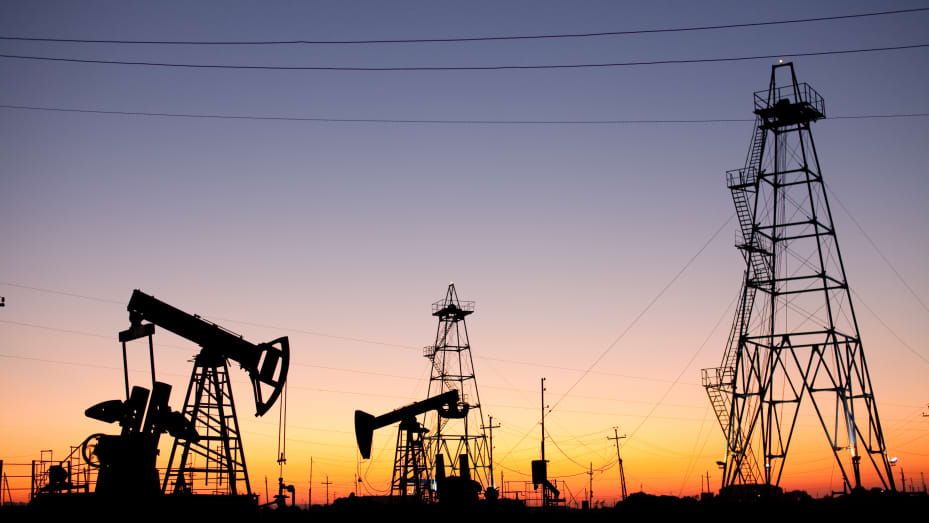OPEC, IEA set their ways apart on oil demand following global economic crunch

Producer group OPEC and the International Energy Agency, the world's most closely watched forecasters of oil demand growth, are further apart than they have been for at least 16 years in their views on fuel use, Azernews reports, citing the report by Reuters.
The gap between the IEA, which represents industrialised countries, and the Organisation of the Petroleum Exporting Countries means the two are sending divergent signals to traders and investors on oil market strength in 2024 and, for the longer term, about the speed of the world's transition to cleaner fuels.
In February this year, the IEA predicted demand would rise by 1.22 million barrels per day (bpd) in 2024, while in its February report, OPEC expected 2.25 million bpd. The difference is about 1% of world demand.
"The IEA has a very strong perception that the energy transition will move ahead at a much faster pace," Neil Atkinson, a former head of the IEA's Oil Markets Division, said.
"Both agencies have boxed themselves in with a position, which is why they have this enormous gulf in demand forecasts."
To put the difference in context, Reuters analysed the changes each agency has made to its oil demand forecasts from 2008 to 2023 and the first two months of this year.
The period was chosen to give a long enough time series to draw conclusions and because it included extreme volatility in oil demand, starting with the 2008 financial crisis and ending with the 2020 pandemic and subsequent demand recovery.
International oil futures hit an all-time high of almost $150 a barrel in July 2008, compared with roughly $80 now.
The analysis of 16 years of IEA and OPEC monthly reports found the 1.03 million bpd gap in February was the biggest in per-barrel terms in that period.
The IEA, asked about the gap between the two agencies' 2024 forecasts and whether it saw its forecasts as more accurate than OPEC's, said this year's demand slowdown amounted to a return to the growth trends seen before the pandemic, and the slowdown is already visible in oil deliveries data.
"We expect this to continue this year, with mobility indicators suggesting that road and air traffic are stabilising," the IEA said, adding it could not comment on other organisations' forecasts.
OPEC also asked to comment on the gap and whether it saw its forecasts as more accurate. It said its 2023 demand growth forecast of 2.5 million bpd was only slightly below its initial number given in July 2022.
"We have been very steady with our 2023 oil demand forecast. Many other forecasters started low and then continually revised up their 2023 forecast," OPEC's Vienna secretariat said, without commenting on 2024.
---
Follow us on Twitter @AzerNewsAz
Here we are to serve you with news right now. It does not cost much, but worth your attention.
Choose to support open, independent, quality journalism and subscribe on a monthly basis.
By subscribing to our online newspaper, you can have full digital access to all news, analysis, and much more.
You can also follow AzerNEWS on Twitter @AzerNewsAz or Facebook @AzerNewsNewspaper
Thank you!

